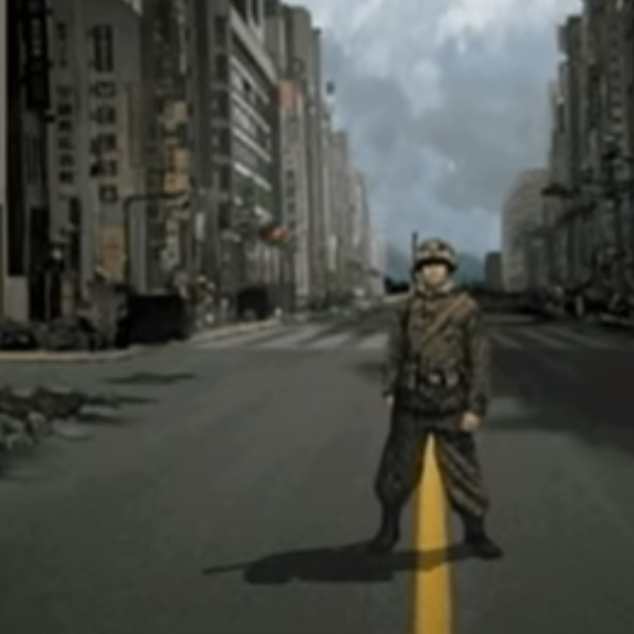Yeah, I think I might be in some serious trouble here.
 I’ve had a few issues getting started with Dark Souls II ever since I picked it up last Tuesday, but I think I’m finally getting the hang of it after starting a couple of attempts. While it’s certainly true that there are some rather big differences between this title and its previous namesake, it generally feels like a properly challenging and bleak adventure game. I haven’t completed the game at this point, but I’m pretty sure that I can start putting together thoughts on what I have accomplished so far.
I’ve had a few issues getting started with Dark Souls II ever since I picked it up last Tuesday, but I think I’m finally getting the hang of it after starting a couple of attempts. While it’s certainly true that there are some rather big differences between this title and its previous namesake, it generally feels like a properly challenging and bleak adventure game. I haven’t completed the game at this point, but I’m pretty sure that I can start putting together thoughts on what I have accomplished so far.
Starting out with bonfire teleportation is absolutely amazing.
Yeah, Estus Flask uses are limited to one in the beginning, but guess what—the enemies are pretty easy in the first leg of the adventure and there are bonfires at either end of the first leg of these readily slayable enemies. What’s more, you can run this first group of enemies over and over until you have enough DEX, END and STR to use your arsenal in a way that won’t leave you sapped of stamina.
The real treat is that bonfire teleporting is given to the player at the outset of the adventure. This is a notable deviation from the previous title, but with good reason—bonfires themselves have been balanced, trading the ability to level up with the ability to burn items for effects and teleportation. With the level up functionality gone from bonfires, the mysterious woman at the Far Fire in Majula becomes the proxy by which heroes level up as well as increase the capacity of their Estus Flasks—which she gives to the hero upon their first encounter. Teleporting between bonfires becomes an essential part of the game, as Majula is essentially the most pronounced version of a hub town that I’ve ever seen in the Dark Souls series.
The vistas in this game are about as beautiful as the color choices for the film Skyfall.
From the first time you emerge from Things Betwixt into the world of Drangleic to signaling a massive soul-powered ship into harbor at No-Man’s Wharf, the creativity of the game’s designers feels overwhelming. Trying to compare it to anything else that I’ve seen just reminds me of how striking the colors are for the different settings in Skyfall. Just how orange and ornate could an entrance to a casino in Macau be? It’s a shockingly similar orange that a player sees upon first seeing the sun walking out into the open air. It’s like the moment of dizziness that accompanied the Lone Wanderer as he/she stepped out of Vault 101 for the first time since infancy.
It’s instances like these that make gaming art, in my mind. Dark Souls II, as should Dark Souls, should be historically remembered for its art direction and the world that its designers have created. I didn’t think that expanding past the realm of the lords of the world, literally what Lordran was supposed to represent, would have been interesting, but exploring the ruins and wastes of Drangleic and hearing additional lore from the personalities scattered within has dissolved that concern almost entirely.
If they ever plan to revisit this universe again, how are they ever going to top the environs of Lordran and Drangleic?
There is no Pyromancer easy mode this time around, min-maxing a Deprived class character is the only way.
I described the differences between starting a Deprived class hero with any other pre-made class hero to a follower over Twitter by bringing up Dungeons and Dragons. Presumably, if you’ve never played D&D before, it’s much simpler and oftentimes recommended to pick a pre-generated character written by the adventure’s author. This way, it’s simply about finding players to play the game and slotting them into roles. It’s probably the right way to approach something as potentially daunting as D&D for the first time.
Deprived class heroes are for the players who know how to play the game and understand its rules. For players that have already played Dark Souls, I would imagine that they’d instantly attempt to create a Pyromancer. Upon finding that the Pyromancer is no longer a standard pre-fabricated class, playing a Deprived character to multi-class to pyromancy in the future would probably be the best alternative. It’s pretty much the way that I’m intending to play Dark Souls II in–get good with a standard one-handed sword and shield for general combat and eventually work my way up to thunderbolt casting Faith-based magic alongside.
I’m not sure how this will work in the long run, but as long as I can find all the armor that has some sort of poise, I should be able to withstand a few blows until I can raise my Faith stat high enough to cast miracles that’ll help me master the game’s later stages.
This is the first of many Dark Souls II related posts to this blog. Readers beware: I’m absolutely addicted to this game.

